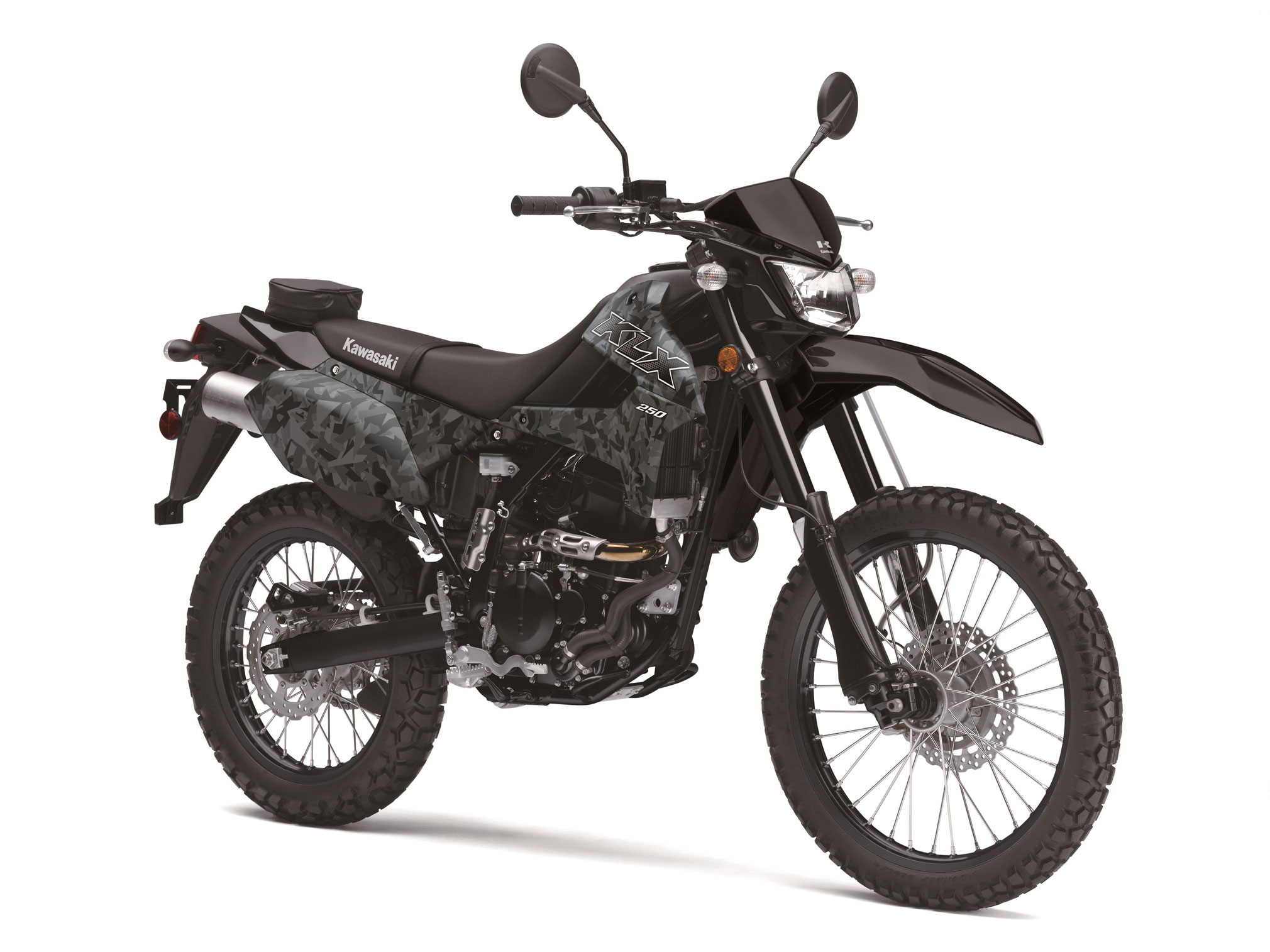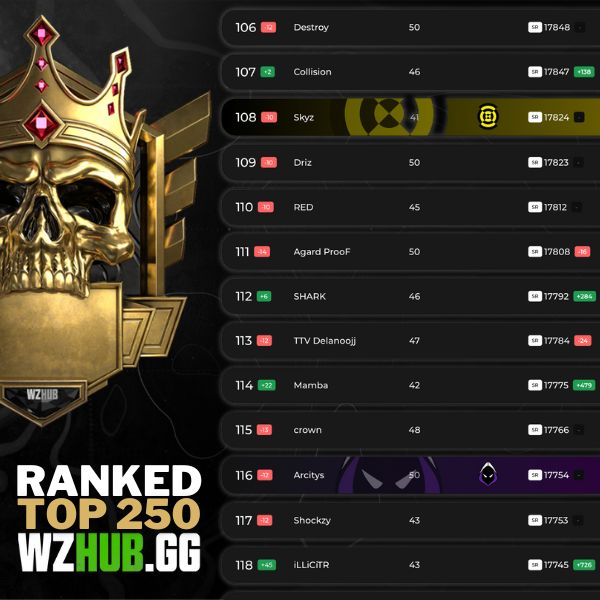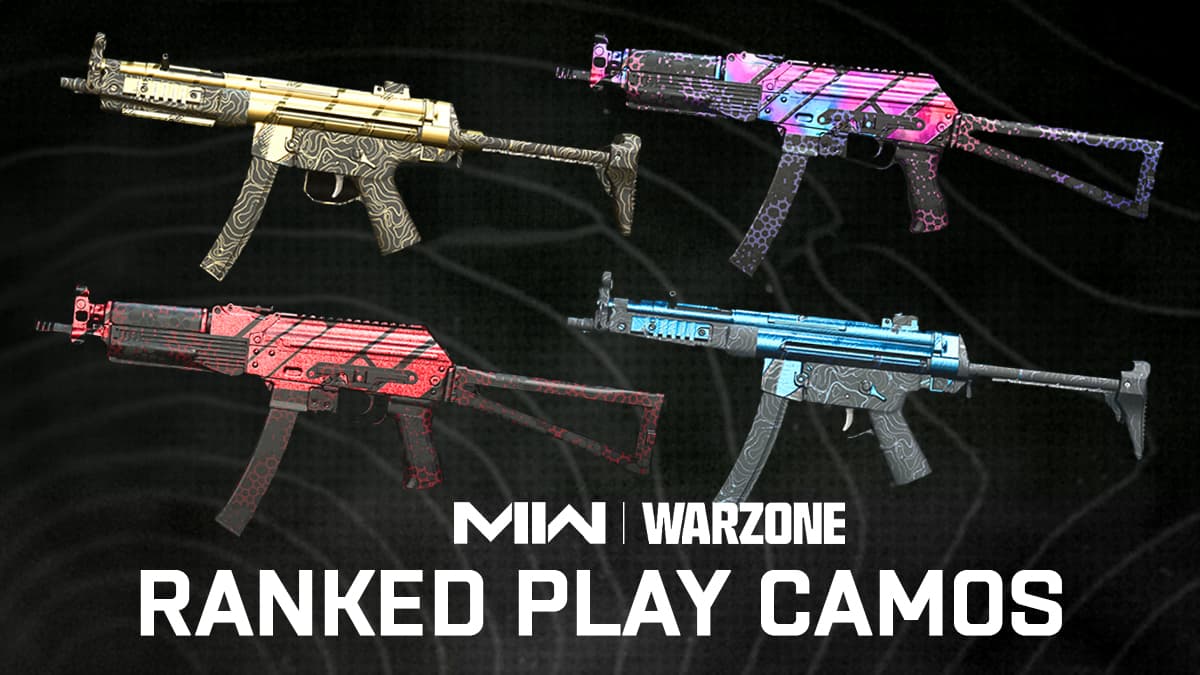Camouflage patterns have become an integral part of military operations, outdoor activities, and even fashion. Whether you're a military enthusiast, a hunter, or someone who appreciates the artistry behind camo designs, the Top 250 Camo patterns represent the pinnacle of innovation and functionality. In this comprehensive guide, we'll delve into the history, types, and applications of these patterns, providing you with all the information you need to make informed decisions.
From the earliest days of military camouflage to the cutting-edge digital designs of today, the evolution of camo has been nothing short of remarkable. This article will explore the top 250 camo patterns, their origins, and their significance in various fields. Whether you're looking for tactical gear or just curious about the science behind these designs, this guide is for you.
As we navigate through this extensive list, you'll discover the best camo patterns for different environments, their unique characteristics, and how they've influenced modern design. Let's embark on this journey to uncover the world of camouflage.
Read also:Matt Rife Love Life A Journey Through Love Relationships And Personal Growth
Table of Contents
- The History of Camouflage
- Types of Camouflage Patterns
- Top 250 Camo Patterns
- Military Use of Camouflage
- Civilian Use of Camouflage
- The Design Process of Camouflage
- Environmental Adaptation in Camouflage
- Camouflage in the Fashion Industry
- Statistics and Trends in Camouflage Usage
- Future Trends in Camouflage Technology
The History of Camouflage
Camouflage has its roots in nature, where animals and plants have evolved to blend seamlessly into their surroundings. However, the use of camouflage in human history dates back to ancient times when hunters used natural materials to disguise themselves. The modern concept of camouflage began during World War I when artists and designers were recruited to create patterns that would conceal military equipment and personnel.
The early camo patterns were simple and often inspired by nature, featuring blotches and stripes that mimicked the environment. As technology advanced, so did the complexity of these designs. Today, camouflage is a sophisticated field that combines art, science, and technology to create patterns that are both functional and aesthetically pleasing.
Early Development of Camouflage
The development of camouflage during World War I marked a turning point in military strategy. Artists such as cubists and impressionists contributed to the design of patterns that disrupted the outline of soldiers and vehicles. This innovative approach laid the foundation for future advancements in camouflage technology.
Types of Camouflage Patterns
Camouflage patterns can be broadly categorized into several types, each designed for specific environments and purposes. Understanding these types is essential for selecting the right pattern for your needs.
- Digital Camouflage
- Woodland Camouflage
- Desert Camouflage
- Urban Camouflage
- Marine Camouflage
Digital Camouflage
Digital camouflage, characterized by its pixelated design, has become increasingly popular in recent years. This type of camo uses small, block-like patterns to create a visual disruption that makes it difficult for the human eye to detect. Digital camo is particularly effective in modern combat scenarios where technology plays a crucial role.
Top 250 Camo Patterns
The list of top 250 camo patterns includes a diverse range of designs that cater to various environments and applications. These patterns have been carefully selected based on their effectiveness, popularity, and innovation. Below are some highlights from this extensive list:
Read also:Undresser Ai Revolutionizing Image Editing With Ethical Considerations
- Multicam: A versatile pattern designed for multiple environments.
- ACU: The Army Combat Uniform pattern used by the U.S. military.
- MTP: The British military's Multi-Terrain Pattern.
- Scorpion W2: A digital pattern used by U.S. Special Forces.
- ATACS: A popular pattern among civilian users for its adaptability.
Factors to Consider When Selecting Camouflage Patterns
Choosing the right camo pattern involves considering several factors, including:
- Environment: Select a pattern that matches the terrain where it will be used.
- Purpose: Determine whether the pattern is for military, hunting, or fashion use.
- Technology: Consider the advancements in camouflage technology that may enhance performance.
Military Use of Camouflage
Camo patterns play a critical role in military operations, providing soldiers with the ability to blend into their surroundings and avoid detection. The effectiveness of these patterns can mean the difference between success and failure in combat situations. Military camo is designed to counter both visual and technological detection methods, making it a vital component of modern warfare.
Advancements in Military Camouflage
Recent advancements in materials and technology have led to the development of adaptive camouflage, which can change its appearance based on environmental conditions. These innovations are paving the way for the next generation of camo patterns that offer unparalleled levels of concealment.
Civilian Use of Camouflage
Beyond the military, camo patterns have found widespread use in civilian applications, particularly in outdoor activities such as hunting and hiking. The adaptability of these patterns makes them ideal for blending into natural environments, providing hunters and outdoor enthusiasts with a tactical advantage.
Hunting Camouflage
Hunting camo is specifically designed to match the environments where hunting takes place. Patterns such as Realtree and Mossy Oak have become synonymous with hunting gear, offering hunters the ability to remain undetected by their prey.
The Design Process of Camouflage
The design process of camouflage involves a combination of art and science. Designers must consider factors such as color, pattern, and texture to create patterns that effectively disrupt the outline of the wearer or object. This process often involves extensive testing and refinement to ensure optimal performance in various environments.
Testing Methods for Camouflage
To evaluate the effectiveness of camo patterns, designers use a variety of testing methods, including:
- Field Testing: Conducting trials in real-world environments to assess performance.
- Computer Simulations: Using software to model how patterns interact with different backgrounds.
- Human Perception Studies: Analyzing how the human eye perceives various patterns and colors.
Environmental Adaptation in Camouflage
One of the key challenges in designing effective camo patterns is ensuring they adapt to different environments. Patterns that work well in one setting may not be suitable for another, necessitating the development of versatile designs that can perform across multiple terrains. This adaptability is particularly important in military operations where soldiers may encounter diverse environments.
Versatile Camouflage Patterns
Versatile patterns such as Multicam and Scorpion W2 have been specifically designed to perform in a wide range of environments. These patterns incorporate a mix of colors and textures that allow them to blend seamlessly into various backgrounds, making them ideal for military and civilian use alike.
Camouflage in the Fashion Industry
In recent years, camo patterns have made a significant impact on the fashion industry, becoming a staple in both casual and high-end clothing. The appeal of camo lies in its rugged aesthetic and association with adventure and functionality. Designers have embraced this trend, incorporating camo into everything from everyday wear to luxury fashion pieces.
Current Trends in Camouflage Fashion
Today's fashion trends in camo include:
- Bold Colors: Bright and vibrant camo patterns that stand out in urban environments.
- Textured Fabrics: Incorporating camo into fabrics with unique textures for added dimension.
- Accessories: Camo-inspired accessories such as bags, shoes, and hats.
Statistics and Trends in Camouflage Usage
Data from various sources indicate a steady increase in the use of camo patterns across different sectors. According to industry reports, the global camouflage market is expected to grow significantly over the next decade, driven by advancements in technology and increased demand from both military and civilian users.
Market Growth and Opportunities
The growth of the camouflage market presents numerous opportunities for businesses and designers. As technology continues to evolve, the demand for innovative camo patterns is likely to increase, creating a fertile ground for new developments and collaborations.
Future Trends in Camouflage Technology
The future of camouflage technology holds exciting possibilities, with advancements in materials science and artificial intelligence paving the way for new innovations. Adaptive camouflage, which can change its appearance in real-time, is just one example of the groundbreaking developments on the horizon.
Adaptive Camouflage: The Next Frontier
Adaptive camouflage represents the next frontier in concealment technology. By incorporating sensors and smart materials, these patterns can dynamically adjust to their surroundings, providing unprecedented levels of concealment. As research in this field continues, we can expect to see even more remarkable advancements in the years to come.
Conclusion
The world of camouflage is vast and ever-evolving, offering something for everyone from military personnel to fashion enthusiasts. The top 250 camo patterns represent the best of this field, showcasing the ingenuity and creativity that have driven the development of these designs. By understanding the history, types, and applications of camo patterns, you can make informed decisions about which patterns suit your needs best.
We invite you to share your thoughts and experiences with camouflage in the comments below. Whether you're a seasoned expert or just beginning to explore this fascinating field, your input is valuable. Don't forget to explore other articles on our site for more insights into the world of camouflage and beyond.


